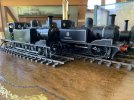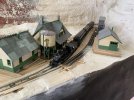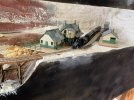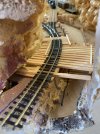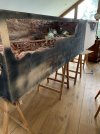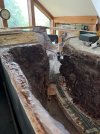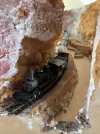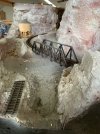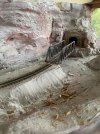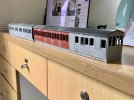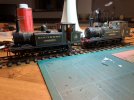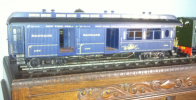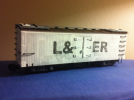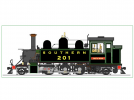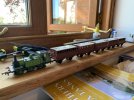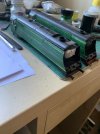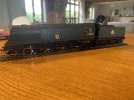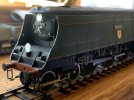Vardnoodleblast
Member
Greetings! Decided to go WT from the 'Other Place' where I just observed or 'lurked' for over a decade after an unwarranted and aggressive put down response to one of my first posts. I like to read about others modelling efforts and ideas to gain inspiration and maybe return some in time.
My modelling interests and efforts are highly sporadic due to career and geography but entering a season of life where I will make my hobby my art and creative focus. My modelling efforts are in the following areas:
My intention is to 'thread' my progress on these projects to stimulate my progress and maybe get some mutual mojo boosting as well as critiquing. I still enjoy seeing the progress of other accomplished practitioners of the art in the 'Other Place' but I can live without aggression, point scoring and self-aggrandisement.
I guess that is why you are all here!!
My modelling interests and efforts are highly sporadic due to career and geography but entering a season of life where I will make my hobby my art and creative focus. My modelling efforts are in the following areas:
- 16mm - in planning and equipment collection for far too long is the 'Lynmouth & Exmoor' conceived as an east-west running neighbour of the Lynton & Barnstaple. Promising myself a start in the garden this year. Buildings and rolling stock ready to go for over a decade now.
- 7mm - Ventnor Esplanade planned as a mobile layout with a view to exhibit, a concept of extending the Isle of Wight Central from Ventnor West to sea level at Ventnor. The line design serves a wagon repair depot, small goods yard and an extended station on pier structure squeezed into a steeply graded terraced backdrop. Period is pre-War with Terriers, E1 and O2 traction. In reality it could have been engineered with a re-profiling of gradient from the St. Lawrence tunnel but there would be a need to double up on Terriers for anything other than some four-wheeler coaches. The E1 and O2 provide more powerful alternates.
- 4mm - Lyminster Junction is under construction as a 'fixed' OO rendition of the Yeovil and Exeter depicting a junction near / substituting for Axminster. The joining branch is a coastal line joining Dorchester to the Y&E via the mythical coastal town of Lyminster. This is the second version of the line, the first being housed in a garden shed which saw too much attention from rodents. Mk 2 is in a studio room over my garage. Chosen period is mid-50's.
- HOn3-'Engineer Pass' - having spent many, many moons with work, friends and family in the US, the allure of the Three Foot was too much to resist and my first 'love' has to be the Southern Pacific 'Slim Princess'. However, the Owen's Valley desert landscape would make for a limited scope landscape. Engineer Pass as a concept is located in Colorado. It represents a devilishly engineered east-west missing link through a canyon in the Rocky Mountains just west of the Continental Divide. Inspired by the D&RGW, the model depicts the railroad intertwined with the river and a series of rapids and waterfalls. The railroad right of way clings to a fragile existence alongside the river and the design suggests the line has been modified over the years to accommodate longer freight trains needing a place to pass each other on the Denver to Durango route. A single Depot serves the 'Fubarite Mine' and numerous local mining settlements, mostly abandoned by the time of depiction. There are three modules designed to force viewing into the layout to impart the sense of restricted viewing you would have in a steep sided canyon. As a geologist by profession, getting the rocks right or at least plausible is a must as I am my own worst critic. Getting the rocks wrong for me is the same illusion shattering blow when bridges are modelled with spans that would collapse with the passage of the first train.The only barrier on this project is a rebuild of the third module that got damaged in a house move. Rolling stock is a collection of Blackstone Mikados plus brass C-16's. It has-been built for the possibility of exhibiting but that is a long way off being ready.
My intention is to 'thread' my progress on these projects to stimulate my progress and maybe get some mutual mojo boosting as well as critiquing. I still enjoy seeing the progress of other accomplished practitioners of the art in the 'Other Place' but I can live without aggression, point scoring and self-aggrandisement.
I guess that is why you are all here!!

